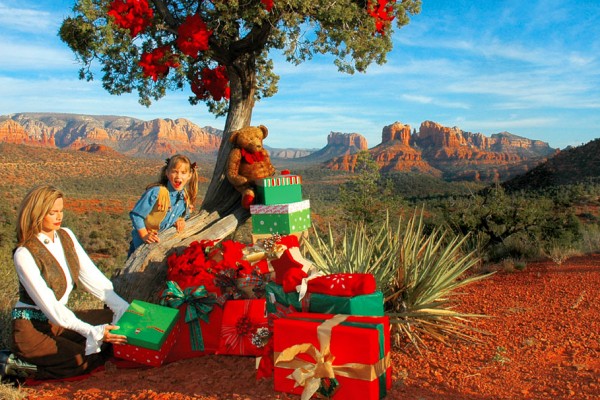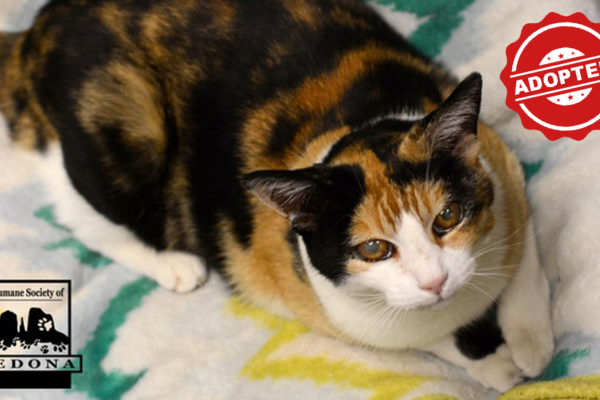Continued (page 3 of 5)
Like many high-end Navajo jewelry makers, all of the silver is hand-cast from molds created out of tufa stone, a form of sandstone. The stones – sleeping beauty, Chinese, Cripple Creek and Nevada turquoise, coral, sugilite, green gaspeite, ivory, lapis, purple and orange spiny oyster, amber, carnelian, and others – are all natural and untreated. The silversmiths start by cutting a stone using a variety of plexiglass patterns. The pattern is traced on the rough stone, the stone is cut with a stone cutter, and then a grinder is used for shaping. The machines are all set up in the workshop and the family members work without gloves, though the women all make sure their long hair is tucked out of the way.
“It takes a lot of work to make each stone the same size,” says Dee. “And if you’re not careful you can grind your finger off! Some of the stones are softer than others so you have to be very gentle. Gaspeite is really soft.”
The stones are then polished with a sander to remove any scratches – the sanding compound depends on how hard the stone is. Once the stones are shaped, the Listers arrange them in different patterns, placing the gems on masking tape in various designs. Once they’re satisfied with the pattern, bezels are made using strips of silver. The edges are filed for a textured top edge and the ends are soldered together in the shape of the stone. A piece of sterling silver is stamped with the artist’s name, soldered to the bottom of the bezel, and placed in acid to cool. The process from here depends on the piece. On this day, they’re making a ring, so the ring shank is pounded flat with a hammer and the edges are filed smooth – the Listers collect even the tiniest file shards and recycle the silver for future pieces, especially as the price of silver has increased drastically in the past three years. Alice shows off the thick profile of the ring shank. “We only use heavy gauge silver because we feel our customers deserve a lot of silver,” she says.
The bezel and the shank are soldered together and dipped into a foul-smelling mixture called liver of sulfur to oxidize, or blacken, the ring and take away some of the shine – blackened fingertips are displayed with laughter during this dirty process and aprons are worn over clothes. From there, sawdust is pressed into the bezel to raise the stone to the desired height and the stone is pressed into the bezel – the Listers don’t use any glue. In the final step, the excess oxidation is buffed away at the buffing wheel and the ring is ready to wear.
Selling the Finished Pieces
In the beginning, Alice and David sold most of their work in Utah but now they only work with galleries in Sedona. Turquoise Tortoise (431 Hwy 179 in Hozho Center) was the first local gallery they forged a relationship with in 1980. Their pieces, along with Dee’s and the Hales’, can also be found at Hoel’s Indian Shop (9589 N. Hwy 89A in Oak Creek Canyon), Garland’s Indian Jewelry (3953 N. Hwy 89A in Oak Creek Canyon), Son Silver West (1476 Hwy 179), and Nectar (336 Hwy 179 at Tlaquepaque Arts & Crafts Village). The women go to Sedona about twice a month to sell their pieces to each of the galleries. In the summers they also sell to a gallery in Show Low.
The Listers say they name a price and the galleries mark up each item accordingly. Clarissa says it’s not easy to make a living as a silversmith. “You have to be creative and have an eye for stones, detail, and accuracy,” she says. “You need to understand marketing – wear your work when you go to sell it and dress appropriately. I think you have to have the personality to keep it going and make something of it.”



